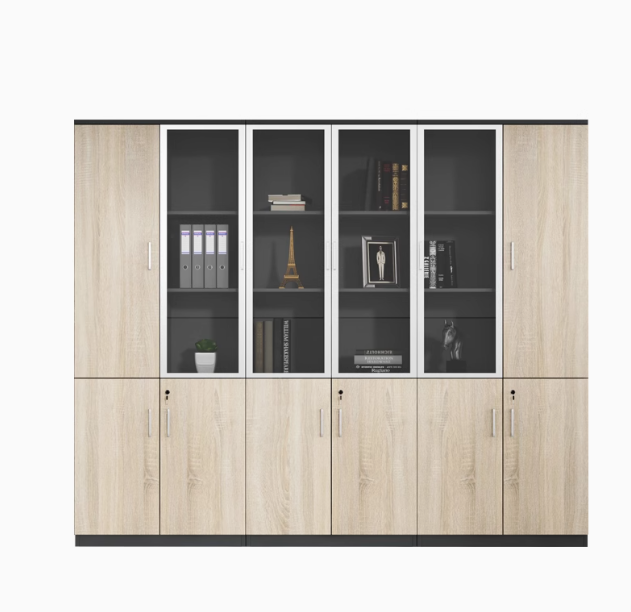
Wood furniture remains a timeless investment in the commercial and residential sectors. Understanding the intricate properties of different wood types such as oak, pine, and walnut is crucial not only for manufacturers striving for superior craftsmanship but also for buyers seeking durability, aesthetics, and value. This article delivers an in-depth technical perspective on the characteristics, advantages, and limitations of these prevalent wood types, guiding decision-makers in the B2B market to optimize product quality and client satisfaction.
Each wood species brings unique qualities shaped by its botanical origin and geographic environment. Oak, predominantly sourced from North America and parts of Europe, is prized for its robustness and attractive grain patterns. Pine, a softwood native to temperate regions including Scandinavia and Canada, is valued for its affordability and ease of customization. Walnut, mainly harvested in North America and Europe, is esteemed for its rich coloration and fine texture, often reserved for premium furniture pieces.
| Wood Type | Advantages | Limitations |
|---|---|---|
| Oak |
|
|
| Pine |
|
|
| Walnut |
|
|
Market research reveals that consumers often prioritize wood furniture based on tactile warmth, aesthetic appeal, and longevity. For example, oak furniture commands preference in regions where heavy-use durability aligns with lifestyle needs such as large families or commercial offices. Pine’s affordability and versatility cater to budget-conscious buyers or those favoring modern, painted finishes. Walnut furniture appeals predominantly to luxury markets, valued for exclusivity and elegant design statements.
In a recent B2B collaboration, a hospitality client opted for oak bedroom sets to withstand frequent guest turnover, resulting in a 30% reduction in maintenance incidents over two years compared to previously used pine options. Conversely, a boutique retailer leveraged pine wood furniture for its lightness and adaptability to colorful interiors, enhancing customer engagement without significant investment. A furniture maker specializing in bespoke collections successfully utilized walnut wood to highlight craftsmanship, commanding a 40% premium in their product line.

Selecting the appropriate wood involves balancing objective technical criteria with subjective preferences. Key factors include mechanical strength measured by Janka hardness (oak: ~1360 lbf, pine: ~420 lbf, walnut: ~1010 lbf), dimensional stability indicated by shrinkage rates, and aesthetic consistency. Understanding these enables manufacturers to tailor furniture for specific markets while assisting buyers in making informed decisions devoid of marketing exaggerations.

For enterprises aiming to elevate product quality, a thorough understanding of wood properties is non-negotiable. Companies should incorporate detailed material profiling into their design and procurement stages. Buyers are advised to align choices with usage context: durable oak for high-traffic and heavy-use environments; cost-effective pine for flexible or decorative purposes; elegant walnut for premium, long-lasting investments.

Expert Tip: When sourcing wood furniture, prioritize suppliers offering detailed wood origin certifications and quality control processes to ensure consistency and traceability—key factors that boost consumer confidence and brand reputation.
Ready to enhance your furniture lineup with finely crafted wood products that merge aesthetics with durability? Discover our premium collection tailored to meet diverse market needs and elevate your customers’ experience.











